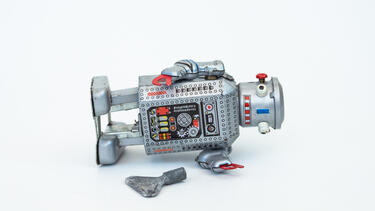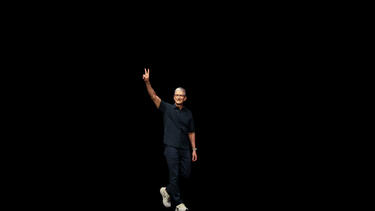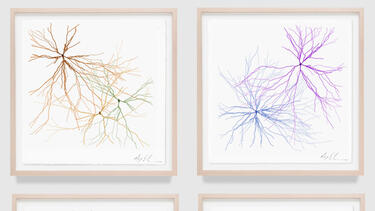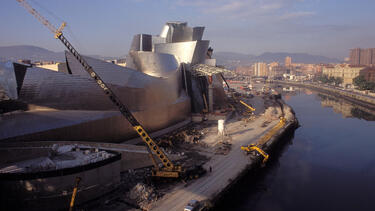All Insights Articles
The President Holds the Trump Card in His Meeting with Putin. Will He Play It?
When Donald Trump meets with Vladimir Putin about the war in Ukraine this week, write Yale SOM’s Jeffrey Sonnenfeld and co-author Steven Tian, he should remember that he has a key piece of leverage: Russia’s economy is struggling, and the U.S. can push it off the cliff.

In the Wake of the Pandemic, Flexible Work Arrangements Made Workers Less Likely to Start Their Own Businesses
Flexibility has long been a selling point for entrepreneurship. But COVID-19 helped make flexible arrangements more of a norm. A new study co-authored by Yale SOM’s John Barrios shows how this shift in workplace norms changed who starts businesses.

Trump’s Tariff Tantrums Are Hobbling the U.S. Economy
Yale SOM’s Jeffrey Sonnenfeld and co-author Stephen Henriques write that the economic effects of Trump’s arbitrary and unpredictable tariffs and oversold investment deals are already apparent.

The Last Disgrace of the ‘Tiffany Network’
Yale SOM’s Jeffrey Sonnenfeld, with co-authors Steven Tian and Stephen Henriques, writes that the capitulation of CBS to the Trump administration is the final stage of a long decline for three storied brands.

Zelensky Must Protect Civil Society
Jeffrey Sonnenfeld and coauthors write that Ukrainian President Volodymyr Zelenksy’s recent moves against political rivals are self-defeating and dangerous missteps. They argue that he needs to show the courage to acknowledge mistakes and restore trust.

AI Is Getting Smarter—and Less Reliable
Yale SOM’s Jeffrey Sonnenfeld and author Joanne Lipman write that popular chatbots have proven susceptible to manipulation, groupthink, and hallucination.

Tim Cook Is Still the Right Leader for Apple
Yale SOM leadership expert Jeffrey Sonnenfeld and co-author Steven Tian argue that Cook’s unmatched track record makes him uniquely positioned to steer the company into its next phase of innovation and growth.

The Long—Really Long—Buildup
More than 30 years ago, Jeffrey Rudolph ’78 developed a master plan to build the California Science Center into a center of science, learning, and discovery. He’s still working away on it.

Selling Art in an Age of Disruption
Ariel Hudes ’18 is vice president for strategic projects and operations at Pace Gallery and the head of Pace Verso, which helps the gallery’s artists incorporate technology into their work. We talked to her about the evolving business of art and how artists are using AI tools to execute projects that wouldn’t otherwise be possible.

Creating the Bilbao Effect
The startling success of the Guggenheim Bilbao, which launched in 1997, spawned a new term: “the Bilbao Effect,” as shorthand for the impact a cultural institution can have on the surrounding city. Thomas Krens ’84, Gail Harrity ’82, and others who were present at the inception look back on how industry, marketing, government, art, and architecture came together to make history.
